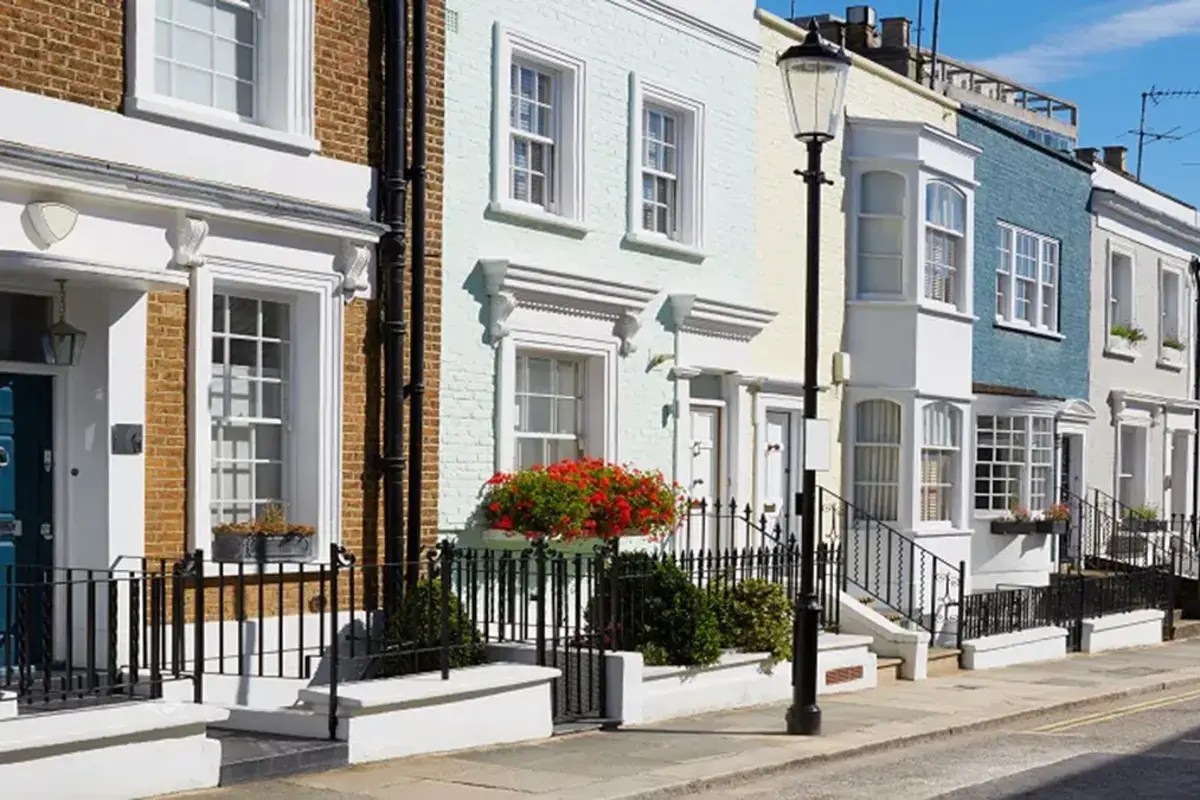| Updated:
Chancellor Rachel Reeves has increased the amount of tax Brits will pay when buying their second home to provide support for first-time buyers and those moving home.
Second-time buyers previously paid three per cent stamp duty on homes worth up to £250,000. From tomorrow, they will pay five per cent tax.
The increase will also apply to those purchasing buy-to-let residential properties, and companies purchasing residential property.
In today’s Budget, the Chancellor simultaneously committed to “continuing to support” first-time buyers, who are able to claim full relief on stamp duty for purchases of homes worth up to £425,000.
What is stamp duty?
Stamp duty is a tax paid on houses, flats and other land in the UK.
Stamp duty is taxed in bands. For a first home worth up to £250,000, the buyer will pay no tax. If the property is valued at £250,001 to £925,000, the buyer will pay no tax on the first £250,001, and five per cent tax on any remaining value.
This means that someone buying a house worth £700,000 would pay £22,500 in tax, or five per cent of £450,000.
For properties worth £925,001 to £1,500,000, the house would cover three bands, with no tax paid on the first £250,000, five per cent on the next £674,000, and ten per cent on any value above that.
The highest band, for any value about £1.5m, is taxed at 12 per cent.
Second homes and first-time buyers
On second homes, the bands are now five per cent tax for up to £250,000 spent on a property, eight per cent for the next £250,001 to £925,000 spent, 13 per cent for £925,001 to £1,500,00 and 15 per cent for any value above £1.5m.
First time buyers pay no stamp duty on on property purchases up to £425,000.
For properties costing up to £625,000, buyers pay no Stamp Duty on the first £425,000. They then pay stamp duty at the rate of 5 per cent on the remaining amount, up to £200,000.
If the property is worth over £625,000, a buyer will pay the standard rates of Stamp Duty and won’t qualify for first-time buyers’ relief.
What does the policy change mean?
There has been widespread concern that the Chancellor would remove the nil rate stamp duty threshold for first-time buyers.
While she only committed to “support” first-time buyers, without providing specific policy detail, it is very likely this support will mean a continuation of the nil rate stamp duty threshold, which was set to fall from £425,000 to £300,000 for first-time buyers. The threshold was reduced in 2022 to boost the property market.
Tim Bannister, Rightmove’s property expert, said: “Stamp duty is a barrier to movement, and keeping the existing thresholds seems like a logical step to providing some first-time buyer support.”
Anthony Emmerson of mortgage experts Trinity Financial told the Winkworth’s Property Exchange: “The last time we had a stamp duty holiday and incentives for first time buyers up to certain levels, it was all taken very positively by the market.
“It created a lot of first time buyers to be able to enter the market without too many hurdles and requirements for much greater levels of deposits and cash to be able to pay these fees. I think it would be very well received.”
It looks like Reeves has listened.

